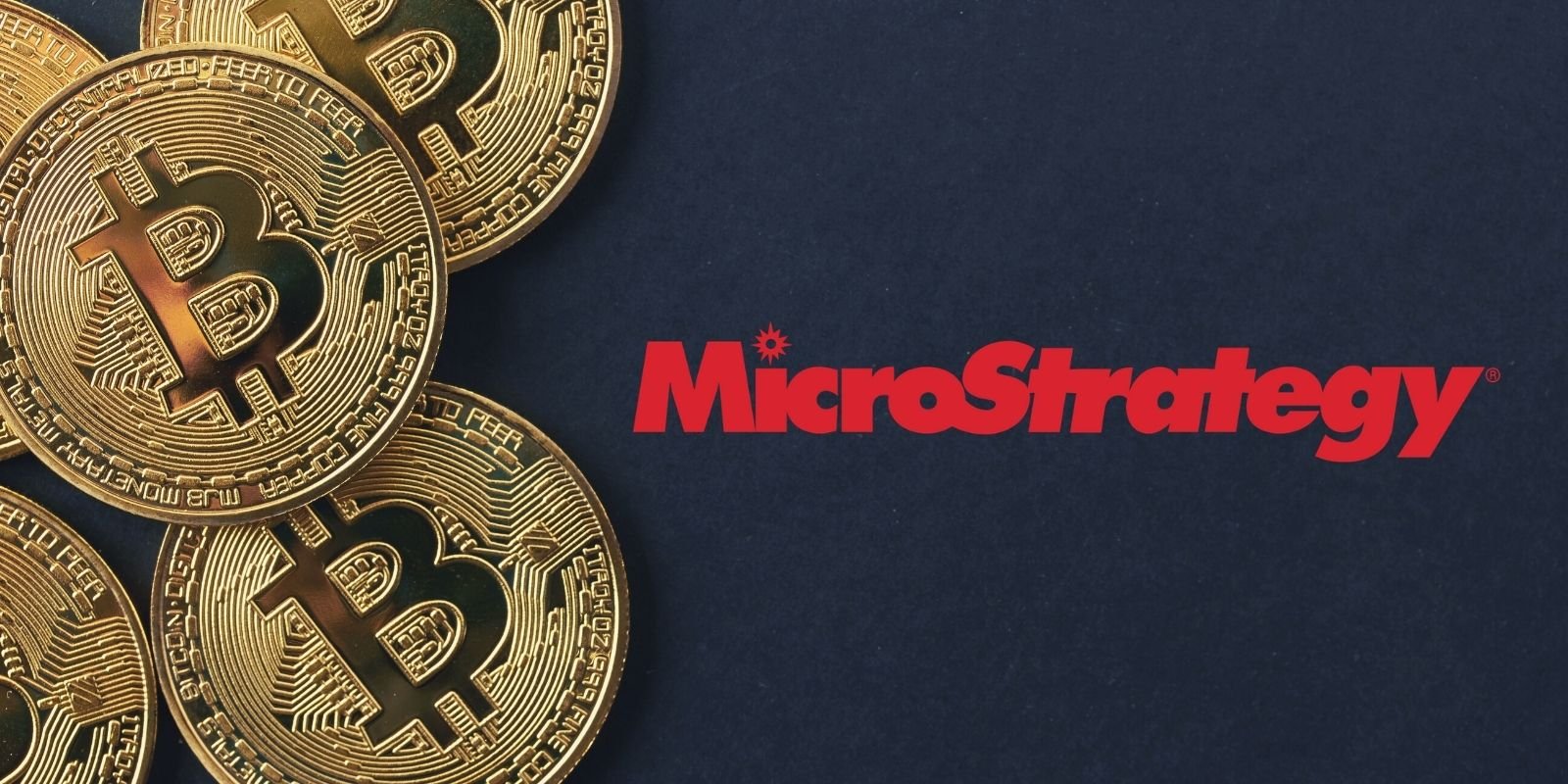MicroStrategy’s Bitcoin Bet Faces Growing Pressure Amid Market Uncertainty
26.02.2025 10:00 1 min. read Alexander Stefanov
MicroStrategy's stock has fallen over 55%, raising concerns about whether the company could be forced to sell its substantial Bitcoin holdings, which total nearly 500,000 BTC worth $43.7 billion.
Despite its strategy of accumulating Bitcoin at an average price of $66,350 per coin, questions are emerging about whether recent market conditions could trigger liquidation.
The company funds its Bitcoin purchases through methods like issuing 0% convertible notes and selling stock, maintaining a $43.4 billion Bitcoin portfolio and $8.2 billion in debt.
Much of the debt is due in 2028, reducing immediate risks. However, a forced liquidation would require either bankruptcy or a shareholder decision to dissolve the company, which is unlikely given Michael Saylor’s 47% voting control.
A major price decline in Bitcoin would have to happen for a liquidity crisis, but Saylor has dismissed such concerns, even joking that MicroStrategy would buy more Bitcoin if prices fell drastically. If Bitcoin and MicroStrategy’s stock continue to slide, the company may struggle to raise capital, threatening its strategy and long-term viability.
Investors now face a tough choice: continue supporting the firm’s high-risk Bitcoin bet or reevaluate their investments.
-
1
UniCredit to Launch Structured Product Tied to BlackRock’s Spot Bitcoin ETF
01.07.2025 17:53 1 min. read -
2
Saylor’s Strategy Halts Bitcoin Buying After Historic Accumulation
07.07.2025 17:00 2 min. read -
3
Trump’s Two big Bitcoin Moves: Key Catalysts or Just Noise for BTC Price?
08.07.2025 7:30 2 min. read -
4
Bitcoin Market Stalls as Profit-Taking, Whale Dispersal, and Sideways Action Define the Cycle
01.07.2025 20:00 3 min. read -
5
Speculation Surges as Binance BTC Futures Volume Tops $650 Trillion
04.07.2025 17:37 2 min. read
BitGo Files Confidentially for IPO With SEC
BitGo Holdings, Inc. has taken a key step toward becoming a publicly traded company by confidentially submitting a draft registration statement on Form S-1 to the U.S. Securities and Exchange Commission (SEC).
Public Companies Now hold Over $100 Billion in Bitcoin — 4% of Total Supply
According to new data shared by Bitcoin Magazine Pro, publicly traded companies now collectively hold over 844,822 BTC, valued at more than $100.5 billion, marking a historic milestone for institutional Bitcoin adoption.
Trump Media Holds $2B in Bitcoin as Crypto Plan Expands
Trump Media and Technology Group, the parent company of Truth Social, Truth+, and Truth.Fi, has officially disclosed that it now holds approximately $2 billion in Bitcoin and Bitcoin-related securities.
Crypto Greed Index Stays Elevated for 9 Days — What it Signals Next?
The crypto market continues to flash bullish signals, with the CMC Fear & Greed Index holding at 67 despite a minor pullback from yesterday.
-
1
UniCredit to Launch Structured Product Tied to BlackRock’s Spot Bitcoin ETF
01.07.2025 17:53 1 min. read -
2
Saylor’s Strategy Halts Bitcoin Buying After Historic Accumulation
07.07.2025 17:00 2 min. read -
3
Trump’s Two big Bitcoin Moves: Key Catalysts or Just Noise for BTC Price?
08.07.2025 7:30 2 min. read -
4
Bitcoin Market Stalls as Profit-Taking, Whale Dispersal, and Sideways Action Define the Cycle
01.07.2025 20:00 3 min. read -
5
Speculation Surges as Binance BTC Futures Volume Tops $650 Trillion
04.07.2025 17:37 2 min. read


